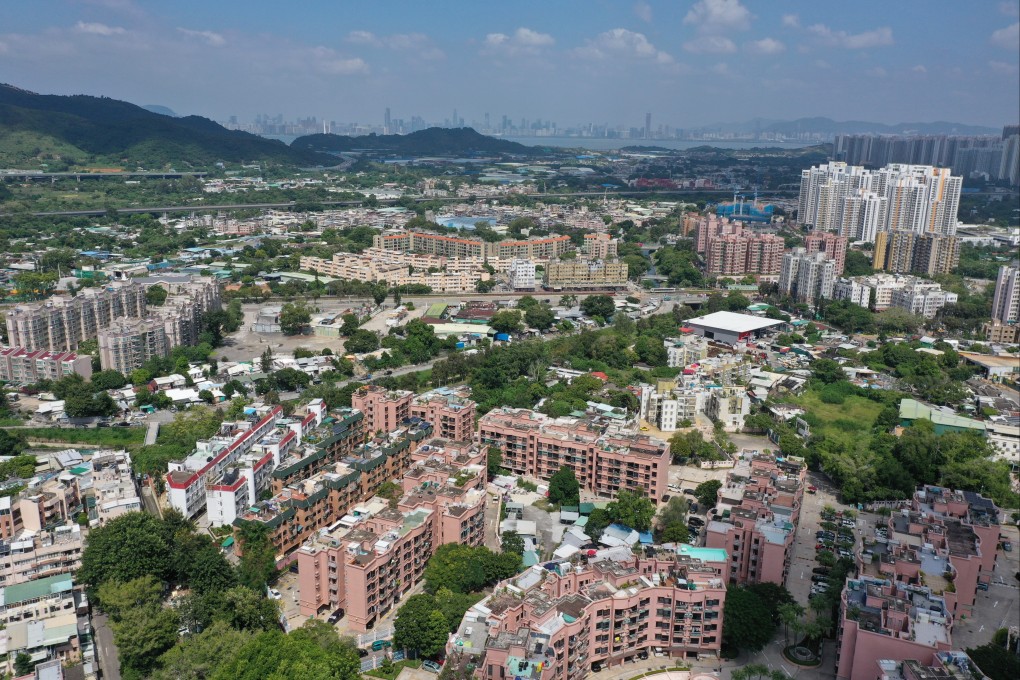Advertisement
Letters | Northern Metropolis and Lantau housing projects a farce without the necessary people
- Hong Kong’s population growth is levelling off and fewer mainlanders settle here each year, so how will the city fill its expensive projects?
- Recasting Lantau Tomorrow as an extension of Hong Kong Island’s business and financial community is risible given its nautical location
Reading Time:2 minutes
Why you can trust SCMP
2

In her policy address on Wednesday, Chief Executive Carrie Lam Cheng Yuet-ngor proposed the construction of a huge metropolis in the northern New Territories. This is in addition to the Lantau Tomorrow Vision reclamation project, which estimates suggest could cost up to HK$1 trillion (US$128.4 billion).
If the Lantau project is a fairy tale, adding the Northern Metropolis to it makes the whole undertaking a farce.
Lam claimed in her policy address that, upon full development of this metropolis, 905,000 to 926,000 flats – including the existing 390,000 homes in Yuen Long and North districts – would be available to house a population of about 2.5 million people.
Advertisement
Using the census bureau’s forecast of 2.7 occupants per household, that would mean housing an additional 1.4 million people. Lantau Tomorrow will house an estimated additional population of 700,000 people. Together, these two projects will house an additional population of 2.1 million people.
Hong Kong’s population, which is about 7.39 million people now, is projected to rise to a peak of 8.1 million people in 2041, an increase of only about 700,000. That’s not even considering the expected continued emigration. Where will these people come from?
Advertisement
Mainland people who come under the one-way permit scheme can’t be expected to fill up the numbers since the scheme is in decline. Mainland professionals have more opportunities in other communities of the Greater Bay Area than Hong Kong.
Advertisement
Select Voice
Choose your listening speed
Get through articles 2x faster
1.25x
250 WPM
Slow
Average
Fast
1.25x